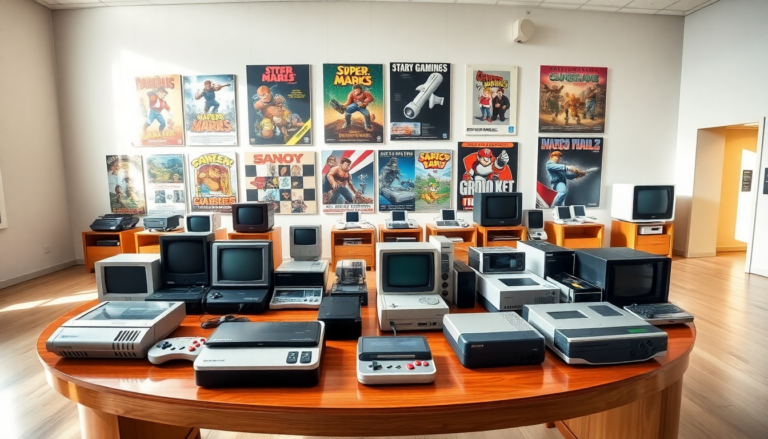Argomenti trattati
The evolution of video game consoles
Video game consoles have undergone remarkable transformations since their inception in the early 1970s. These electronic devices, designed specifically for playing video games, have transitioned from simple home entertainment systems to sophisticated gaming machines that incorporate advanced technology. The journey begins with the Magnavox Odyssey, which paved the way for future developments in gaming technology.
Home consoles vs handheld devices
Video game consoles can be broadly categorized into home consoles and handheld devices. Home consoles are typically stationary units designed to connect to a television set. They are controlled via separate game controllers, allowing players to enjoy games in a comfortable living room setting. In contrast, handheld consoles, such as the Game Boy and Nintendo Switch, provide the convenience of portable gaming with built-in screens and controls, enabling users to play anywhere.
Hybrid consoles, like the Nintendo Switch, combine features of both home and handheld systems, allowing gamers the flexibility to switch between playing on a TV and on the go. This adaptability has become increasingly popular among gamers, reflecting the changing landscape of gaming preferences.
The rise of programmable consoles
The introduction of programmable consoles marked a significant milestone in gaming history. Early consoles were limited to a fixed number of games embedded in their hardware. However, with the advent of ROM cartridges, such as those used in the Fairchild Channel F and Atari 2600, players could now enjoy a wider array of games by simply swapping cartridges. This innovation not only expanded gaming libraries but also laid the groundwork for the competitive gaming market we see today.
Technological advancements and their impact
As technology progressed, so did the capabilities of video game consoles. The shift from 2D to 3D graphics opened up new possibilities for game design and immersive experiences. Advancements in chip manufacturing and graphics processing units (GPUs) allowed consoles to render complex graphics in real-time, enhancing the overall gaming experience.
Furthermore, the integration of digital communication technologies, including the Internet and wireless networking, has revolutionized how gamers interact with each other and access games. Online multiplayer features have become a cornerstone of modern gaming, enabling players to connect globally and enjoy collaborative or competitive experiences.
Market dynamics and business models
The video game console market operates on a unique business model, often likened to the “razors and blades” approach. Manufacturers frequently sell consoles at a relatively low price, sometimes at a loss, with the expectation of recouping profits from game sales and licensing fees. This strategy has led to a fierce competition among major players such as Sony, Microsoft, and Nintendo, each vying for a larger share of the market.
Future trends in console gaming
Looking ahead, the future of video game consoles appears promising. With the rise of cloud gaming and subscription-based services, gamers can access a broader range of titles without the need for extensive physical hardware. Companies are increasingly investing in virtual reality (VR) and augmented reality (AR) technologies, promising immersive gaming experiences that blur the lines between the virtual and real worlds.
As the competition continues to evolve, consumers can expect to see innovative features, improved graphics, and enhanced user experiences in the next generation of consoles, ensuring that gaming remains a dynamic and engaging form of entertainment.

